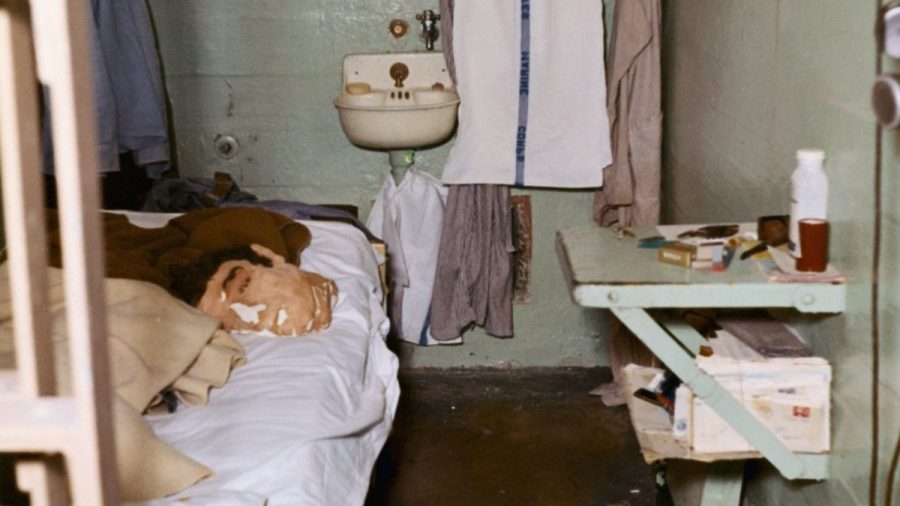The Alcatraz Escape Chapter 3: Everything Must Go According to Plan
December 16, 2021
A plan must be extremely detailed and well planned out in order for it to succeed in escaping from Alcatraz. Everything has to be thought out. Every. Last. Detail. The schedule had to be thought of, the possible consequences of getting caught, and the fact that there were head counts at all hours of the day. That meant that the escape had to be done at night. But how do you escape a high-security prison with little access to materials? Well, Morris, Anglin, and West all concocted a brilliant scheme to use what they had. Remember how the prisoners all had some kind of work to do in the prison? Well, they used that to their advantage. Each escapee had some kind of access to materials in the prison, which they used to craft their own tools to break their cell apart to make their great escape.
Sometime in December was when the first plans started to form. According to the FBI, (with the aid of Allen West, who was left behind from the escape.) the inmates came across an old saw blade, which sparked the idea of escaping. Using a motor from a vacuum cleaner, the prisoners made a drill that the prisoners used to drill holes next to the vents. With the holes, it would loosen up the wall around the vent, therefore that area of the wall would be removed. When concerning the idea of being heard by the guards, there was a period in Alcatraz called Happy Hour, where prisoners who were granted permission to use musical instruments would play their instruments in their cells. With the sound of the music playing, it would cover up the sound of the drills. So the prisoners chipped away at the wall for months, eventually forming a small crawl space leading to a utility corridor. They used this utility corridor as a makeshift workshop to manufacture their equipment. When they worked in the workshop, the inmates worked in shifts where one of them would look out for guards.
But by far the most genius part of the plan was the dummy heads. Using papier mache and hair from the prison barbershop, they manufactured fake heads to put in their beds to fool the guards that they were asleep. While making the dummy heads, they also made a makeshift raft with raincoats given out to them by the prison. Altogether, they used fifty raincoats and stitched them together using steam from the pipes. This was their escape from the bay to the mainland. On June 11, 1962, it was time for the inmates to put their plan into action and get out. For good.


